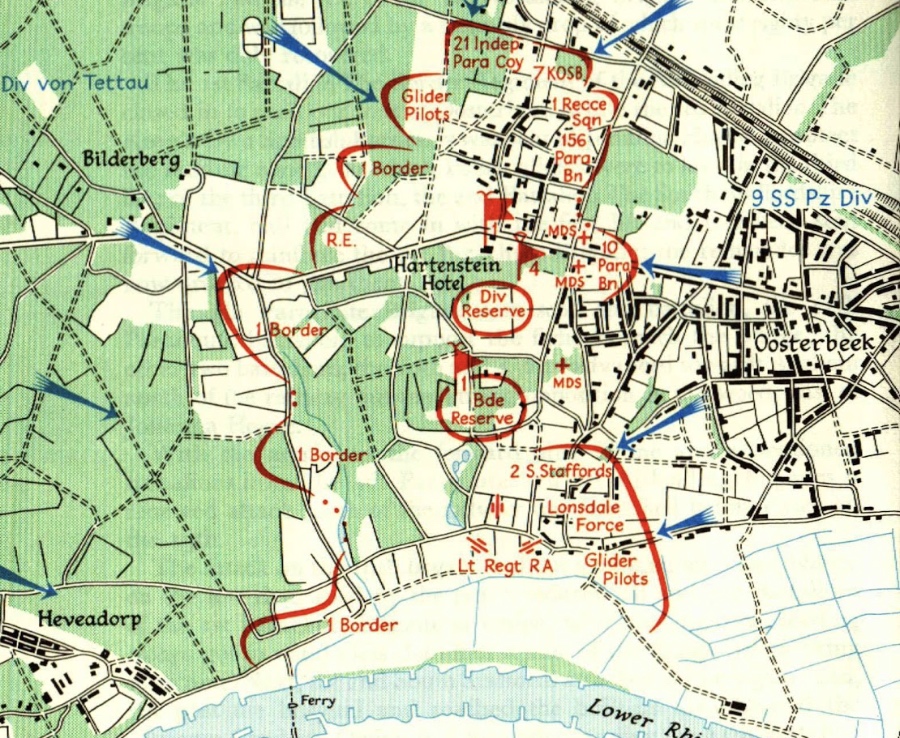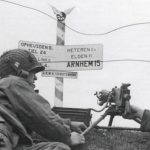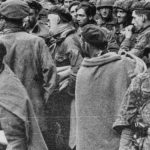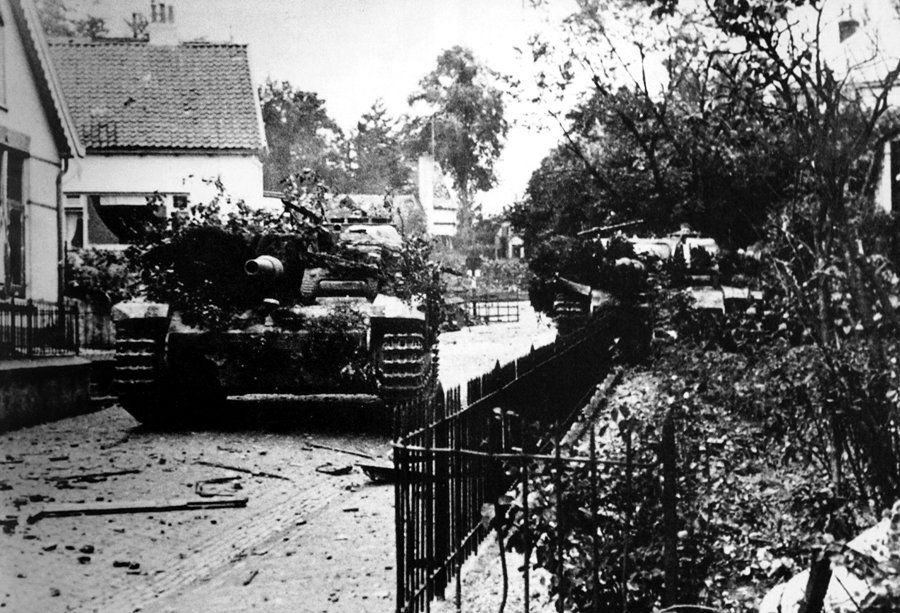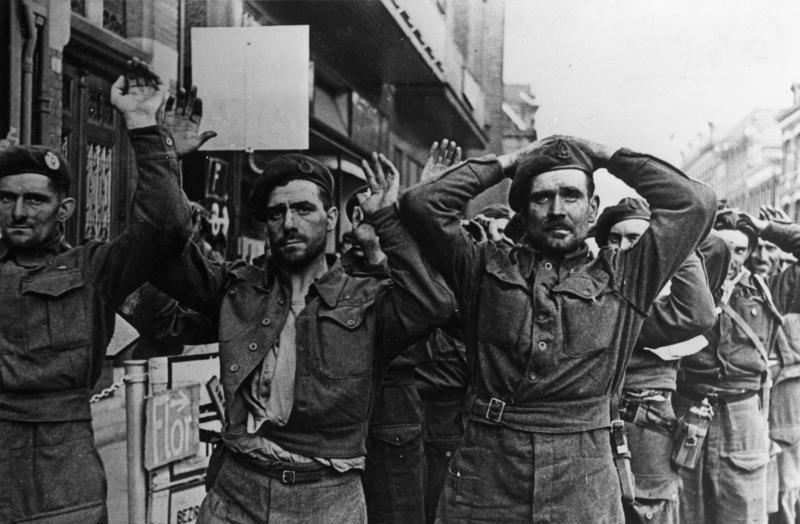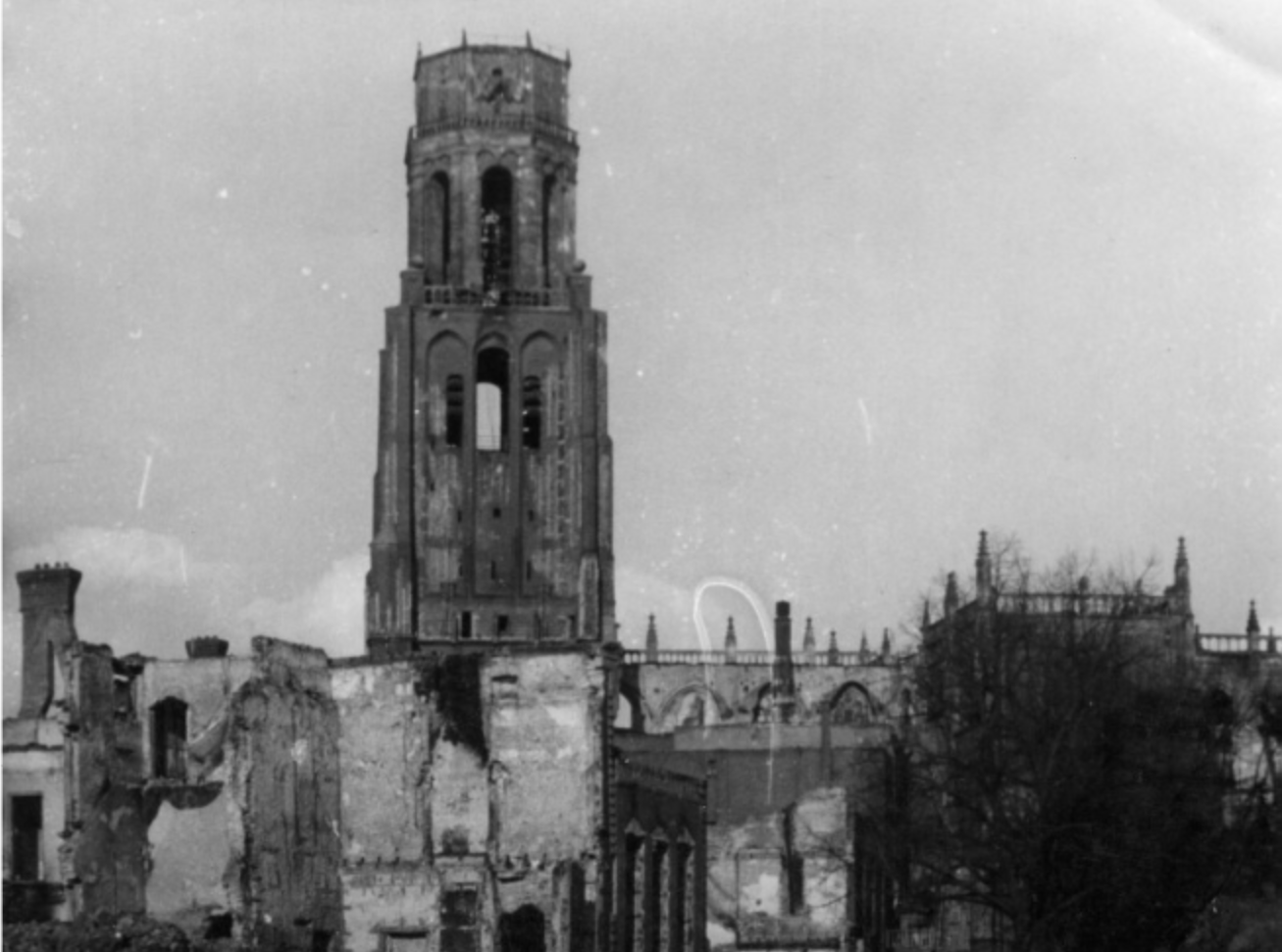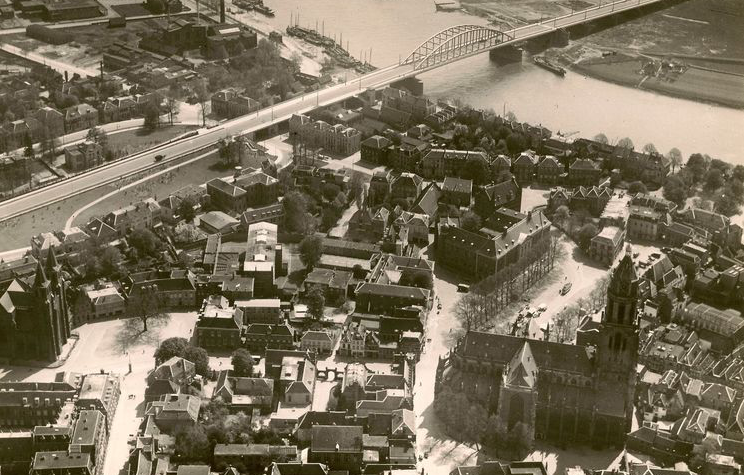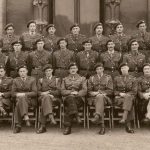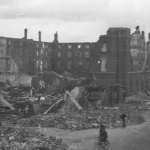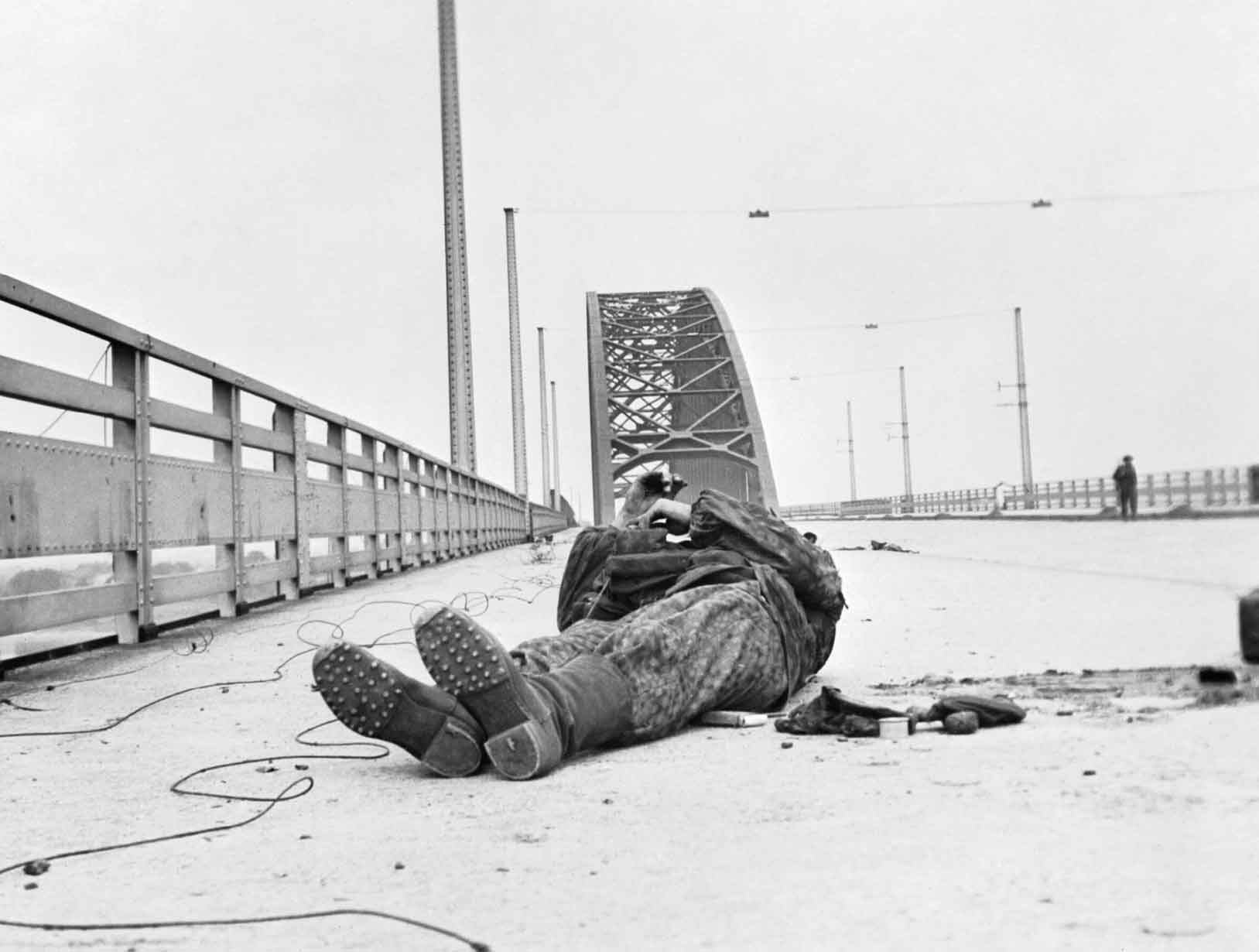This is how the British perimeter in Oosterbeek was created
On Tuesday, September 19, the British had tried to reach the Rhine Bridge in Arnhem from Oosterbeek and from the Bovenover-Onderlangs intersection in Arnhem. The British suffered major losses in both attacks. In addition to many deaths and injuries, hundreds of British paratroopers had been forced to surrender to the Germans. After the failure of…

